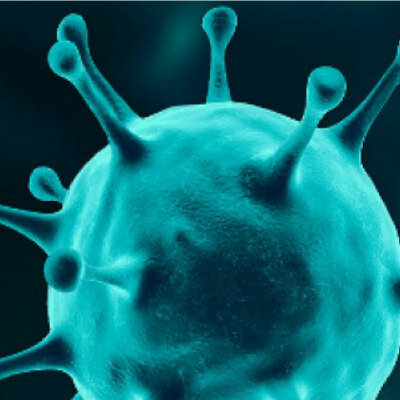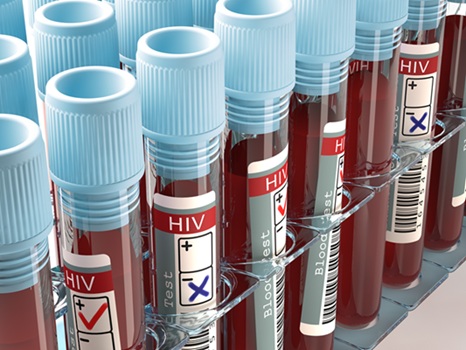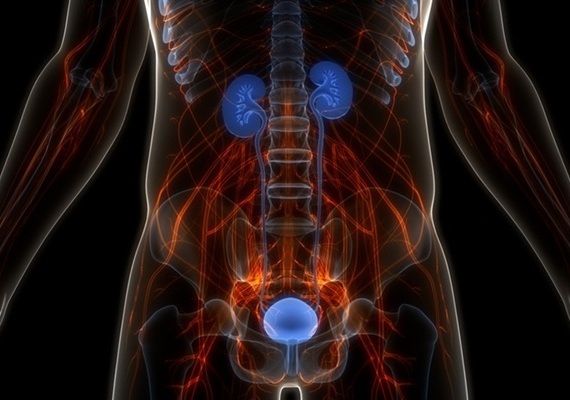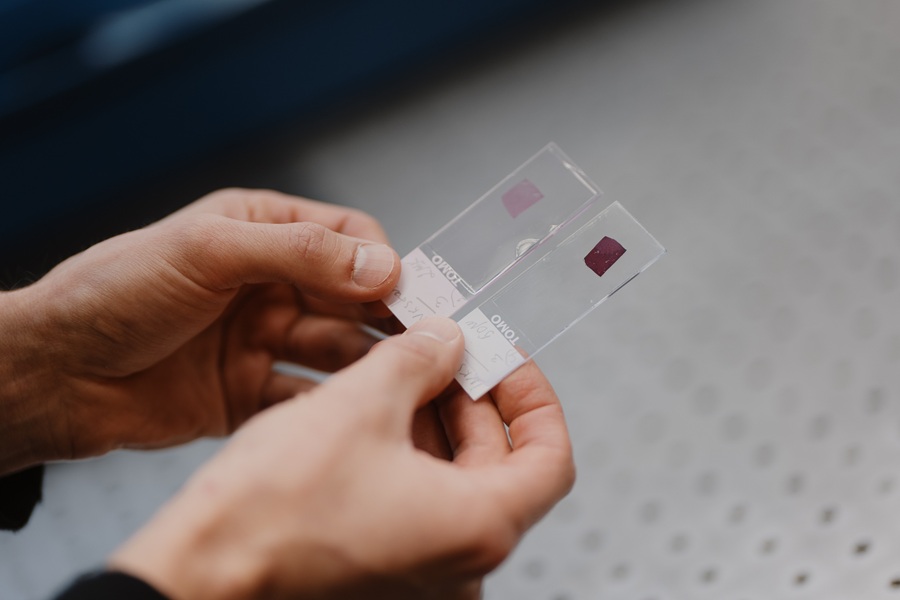Serum Creatinine-to-Cystatin C Ratio Predicts AKI Mortality
|
By LabMedica International staff writers Posted on 05 Nov 2020 |
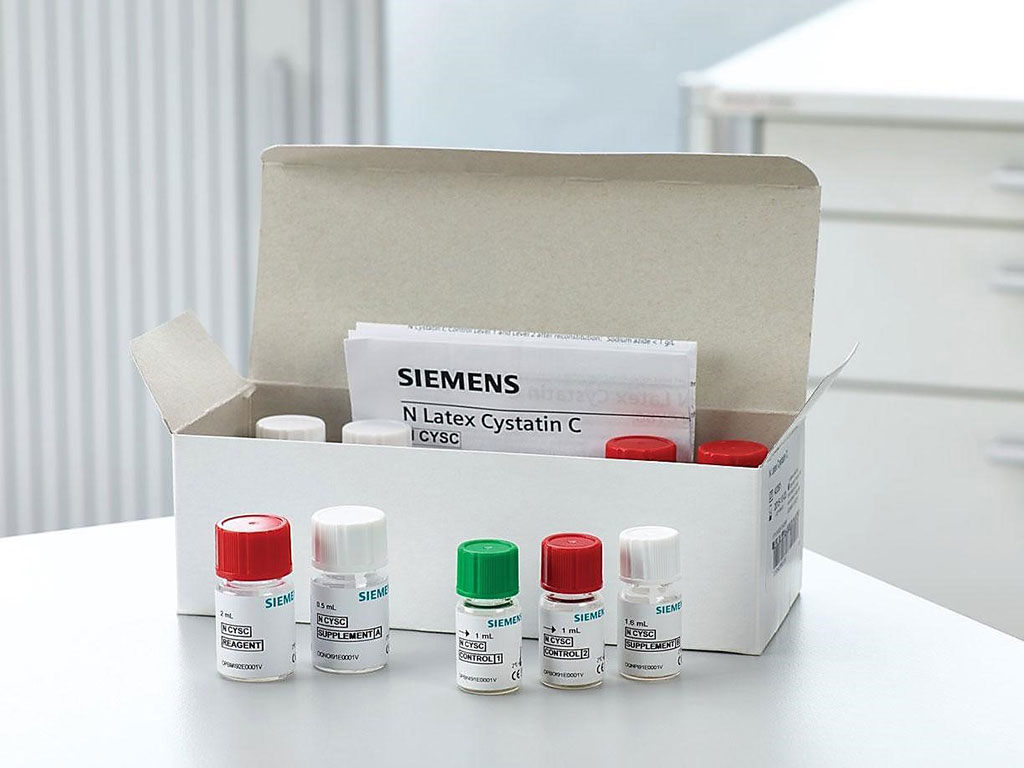
Image: The N Latex Cystatin C is a latex-enhanced immunonephelometry assay. The serum Creatinine-to-Cystatin C ratio predicts acute kidney injury mortality (Photo courtesy of Siemens Healthineers).
Acute kidney injury (AKI) is a common and serious complication among critically ill patients and often requires continuous renal replacement therapy (CRRT). Owing to the high mortality risk associated with kidney injury development, identifying effective risk factors for outcome is imperative in AKI patients being treated with CRRT.
Creatinine is mainly released from muscle tissue, and therefore its serum concentration is influenced by whole body muscle mass. Cystatin C, on the other hand, is universally produced by nucleated cells. Both creatinine and cystatin are commonly measured to estimate kidney function. Under situations of kidney injury, creatinine and cystatin C exhibit variable kinetics and their levels may vary rapidly.
Nephrologists at Yonsei University College of Medicine (Seoul, Republic of Korea) studied 1,588 patients who underwent CRRT in a single tertiary center intensive care unit between August 2009 and June 2019. The mean age was 64.7 ± 14.5 years and 635 patients (40.0%) were female. Among all subjects, 886 (55.8%) had hypertension and 597 (37.6%) were being treated for diabetes mellitus.
The scientists collected laboratory data included complete blood cell counts, serum blood urea nitrogen (BUN) levels, creatinine and cystatin C, albumin, and electrolytes. Serum creatinine levels were determined using an isotope dilution mass spectrometry-traceable method at a central laboratory, and cystatin C levels were measured by immunonephelometry, with calibration against the reference. The ratio of creatinine (mg/dL) to cystatin C (mg/L) was calculated from values measured concomitantly at baseline.
The investigators reported that the range of creatinine:cystatin C ratio was 0.08-10.48. The 30- and 90-day mortality rates were significantly lower for the higher creatinine:cystatin C ratio groups. Multivariable Cox proportional hazards regression analyses revealed that the mortality risk decreased successively across quartiles of increasing creatinine:cystatin C ratio. When creatinine:cystatin C ratio was evaluated using cubic spline analyses, the risks for both 30- and 90-day mortality were lower with higher creatinine:cystatin C ratios. These associations remained significant even after adjustment for confounding variables. A total of 954 (60.1%) and 1,055 (66.4%) deaths occurred within 30 and 90 days of CRRT initiation, respectively.
The authors concluded that the creatinine:cystatin C ratio is associated with survival in ICU patients with AKI undergoing CRRT. This ratio may be used as a practical prognosis risk American Journal of Kidney Diseases.
Creatinine is mainly released from muscle tissue, and therefore its serum concentration is influenced by whole body muscle mass. Cystatin C, on the other hand, is universally produced by nucleated cells. Both creatinine and cystatin are commonly measured to estimate kidney function. Under situations of kidney injury, creatinine and cystatin C exhibit variable kinetics and their levels may vary rapidly.
Nephrologists at Yonsei University College of Medicine (Seoul, Republic of Korea) studied 1,588 patients who underwent CRRT in a single tertiary center intensive care unit between August 2009 and June 2019. The mean age was 64.7 ± 14.5 years and 635 patients (40.0%) were female. Among all subjects, 886 (55.8%) had hypertension and 597 (37.6%) were being treated for diabetes mellitus.
The scientists collected laboratory data included complete blood cell counts, serum blood urea nitrogen (BUN) levels, creatinine and cystatin C, albumin, and electrolytes. Serum creatinine levels were determined using an isotope dilution mass spectrometry-traceable method at a central laboratory, and cystatin C levels were measured by immunonephelometry, with calibration against the reference. The ratio of creatinine (mg/dL) to cystatin C (mg/L) was calculated from values measured concomitantly at baseline.
The investigators reported that the range of creatinine:cystatin C ratio was 0.08-10.48. The 30- and 90-day mortality rates were significantly lower for the higher creatinine:cystatin C ratio groups. Multivariable Cox proportional hazards regression analyses revealed that the mortality risk decreased successively across quartiles of increasing creatinine:cystatin C ratio. When creatinine:cystatin C ratio was evaluated using cubic spline analyses, the risks for both 30- and 90-day mortality were lower with higher creatinine:cystatin C ratios. These associations remained significant even after adjustment for confounding variables. A total of 954 (60.1%) and 1,055 (66.4%) deaths occurred within 30 and 90 days of CRRT initiation, respectively.
The authors concluded that the creatinine:cystatin C ratio is associated with survival in ICU patients with AKI undergoing CRRT. This ratio may be used as a practical prognosis risk American Journal of Kidney Diseases.
Latest Clinical Chem. News
- Carbon Nanotubes Help Build Highly Accurate Sensors for Continuous Health Monitoring
- Paper-Based Device Boosts HIV Test Accuracy from Dried Blood Samples
- AI-Powered Raman Spectroscopy Method Enables Rapid Drug Detection in Blood
- Novel LC-MS/MS Assay Detects Low Creatinine in Sweat and Saliva
- Biosensing Technology Breakthrough Paves Way for New Methods of Early Disease Detection
- New Saliva Test Rapidly Identifies Paracetamol Overdose
- POC Saliva Testing Device Predicts Heart Failure in 15 Minutes

- Screening Tool Detects Multiple Health Conditions from Single Blood Drop
- Integrated Chemistry and Immunoassay Analyzer with Extensive Assay Menu Offers Flexibility, Scalability and Data Commutability
- Rapid Drug Test to Improve Treatment for Patients Presenting to Hospital
- AI Model Detects Cancer at Lightning Speed through Sugar Analyses
- First-Ever Blood-Powered Chip Offers Real-Time Health Monitoring
- New ADLM Guidance Provides Expert Recommendations on Clinical Testing For Respiratory Viral Infections
- 3D Printed Point-Of-Care Mass Spectrometer Outperforms State-Of-The-Art Models
- POC Biomedical Test Spins Water Droplet Using Sound Waves for Cancer Detection
- Highly Reliable Cell-Based Assay Enables Accurate Diagnosis of Endocrine Diseases
Channels
Molecular Diagnostics
view channel
RNA-Based Blood Test Detects Preeclampsia Risk Months Before Symptoms
Preeclampsia remains a major cause of maternal morbidity and mortality, as well as preterm births. Despite current guidelines that aim to identify pregnant women at increased risk of preeclampsia using... Read more
First Of Its Kind Test Uses microRNAs to Predict Toxicity from Cancer Therapy
Many men with early-stage prostate cancer receive stereotactic body radiotherapy (SBRT), a highly precise form of radiation treatment that is completed in just five sessions. Compared to traditional radiation,... Read moreNovel Cell-Based Assay Provides Sensitive and Specific Autoantibody Detection in Demyelination
Anti-myelin-associated glycoprotein (MAG) antibodies serve as markers for an autoimmune demyelinating disorder that affects the peripheral nervous system, leading to sensory impairment. Anti-MAG-IgM antibodies... Read moreHematology
view channel
New Scoring System Predicts Risk of Developing Cancer from Common Blood Disorder
Clonal cytopenia of undetermined significance (CCUS) is a blood disorder commonly found in older adults, characterized by mutations in blood cells and a low blood count, but without any obvious cause or... Read more
Non-Invasive Prenatal Test for Fetal RhD Status Demonstrates 100% Accuracy
In the United States, approximately 15% of pregnant individuals are RhD-negative. However, in about 40% of these cases, the fetus is also RhD-negative, making the administration of RhoGAM unnecessary.... Read moreImmunology
view channel
Stem Cell Test Predicts Treatment Outcome for Patients with Platinum-Resistant Ovarian Cancer
Epithelial ovarian cancer frequently responds to chemotherapy initially, but eventually, the tumor develops resistance to the therapy, leading to regrowth. This resistance is partially due to the activation... Read more
Machine Learning-Enabled Blood Test Predicts Immunotherapy Response in Lymphoma Patients
Chimeric antigen receptor (CAR) T-cell therapy has emerged as one of the most promising recent developments in the treatment of blood cancers. However, over half of non-Hodgkin lymphoma (NHL) patients... Read moreMicrobiology
view channel
Handheld Device Deliver Low-Cost TB Results in Less Than One Hour
Tuberculosis (TB) remains the deadliest infectious disease globally, affecting an estimated 10 million people annually. In 2021, about 4.2 million TB cases went undiagnosed or unreported, mainly due to... Read more
New AI-Based Method Improves Diagnosis of Drug-Resistant Infections
Drug-resistant infections, particularly those caused by deadly bacteria like tuberculosis and staphylococcus, are rapidly emerging as a global health emergency. These infections are more difficult to treat,... Read more
Breakthrough Diagnostic Technology Identifies Bacterial Infections with Almost 100% Accuracy within Three Hours
Rapid and precise identification of pathogenic microbes in patient samples is essential for the effective treatment of acute infectious diseases, such as sepsis. The fluorescence in situ hybridization... Read morePathology
view channel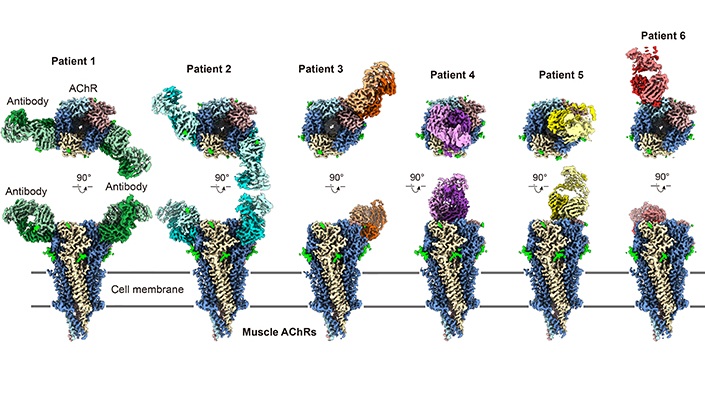
Advanced Imaging Reveals Mechanisms Causing Autoimmune Disease
Myasthenia gravis, an autoimmune disease, leads to muscle weakness that can affect a range of muscles, including those needed for basic actions like blinking, smiling, or moving. Researchers have long... Read more
AI Model Effectively Predicts Patient Outcomes in Common Lung Cancer Type
Lung adenocarcinoma, the most common form of non-small cell lung cancer (NSCLC), typically adopts one of six distinct growth patterns, often combining multiple patterns within a single tumor.... Read moreTechnology
view channel
Pain-On-A-Chip Microfluidic Device Determines Types of Chronic Pain from Blood Samples
Chronic pain is a widespread condition that remains difficult to manage, and existing clinical methods for its treatment rely largely on self-reporting, which can be subjective and especially problematic... Read more
Innovative, Label-Free Ratiometric Fluorosensor Enables More Sensitive Viral RNA Detection
Viruses present a major global health risk, as demonstrated by recent pandemics, making early detection and identification essential for preventing new outbreaks. While traditional detection methods are... Read moreIndustry
view channel
Cepheid and Oxford Nanopore Technologies Partner on Advancing Automated Sequencing-Based Solutions
Cepheid (Sunnyvale, CA, USA), a leading molecular diagnostics company, and Oxford Nanopore Technologies (Oxford, UK), the company behind a new generation of sequencing-based molecular analysis technologies,... Read more
Grifols and Tecan’s IBL Collaborate on Advanced Biomarker Panels
Grifols (Barcelona, Spain), one of the world’s leading producers of plasma-derived medicines and innovative diagnostic solutions, is expanding its offer in clinical diagnostics through a strategic partnership... Read more




